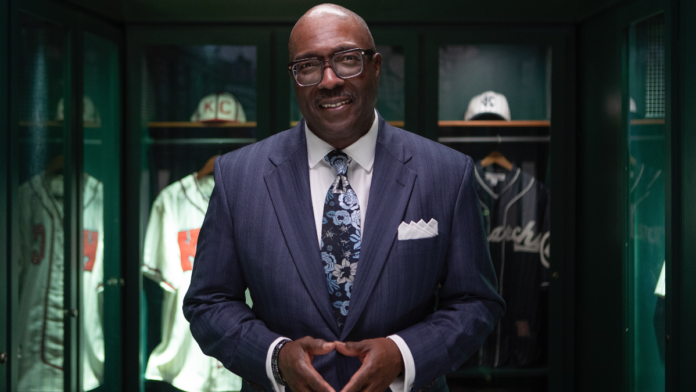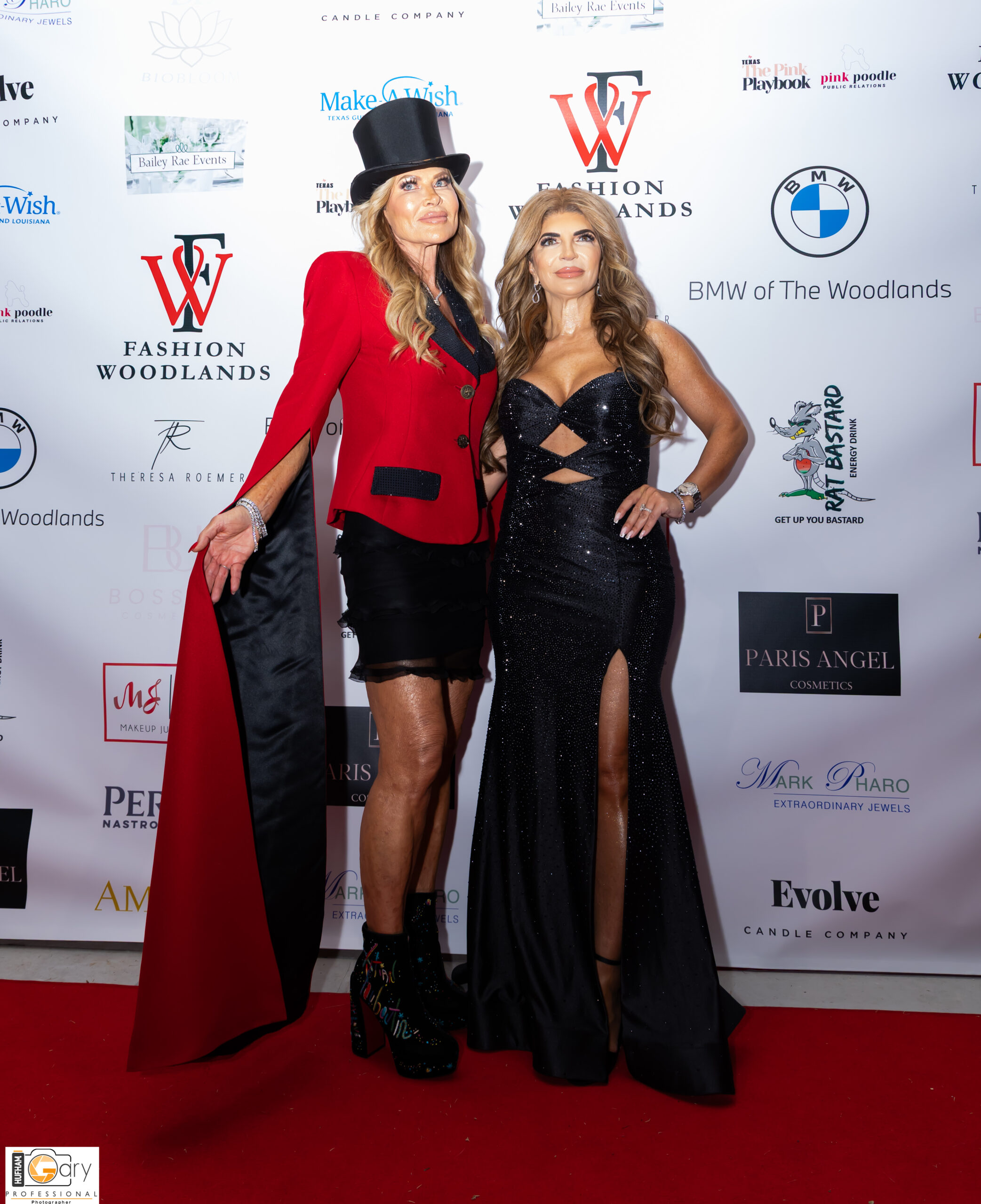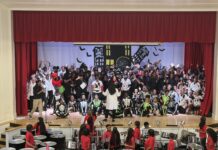( ENSPIRE Sports ) Kendrick Writes An Opinion Piece On Inclusive Baseball For All
ENSPIRE Contributor: Gabrielle Maya
For all baseball fans, there is an importance in learning about your sports history, and Bob Kendrick, the president of the Negro Leagues Baseball Museum, is preserving Black baseball’s legacy. Rob Manfred, a baseball commissioner, announced on December 16, 2020, that the Negro League would become a major league and integrated the statistics. Statistics is one of the gateways to deeper learning, especially for the future of all sports. The MLB has recognized the statistics of more than 2300 athletes who played between 1920 and 1948 in various leagues of Black and Hispanic athletes (finally getting recognition). Granted, it took over 5 decades to get here, but Kendrick fears we have washed away the past. There are still people today who can’t seem to accept or even absorb the valid proof of these baseball statistics compiled by dedicated historians. However, baseball is more than the National and American Leagues. Kendrick did an opinion piece that discusses the importance (given the recent inclusion) of Negro Leagues stats in MLB records.
Kendrick invites you to remember, not remember but travel through history and remember the time The Negro Leagues was first created, a league that showcased Black and Hispanic athletes. Acknowledge the hardships many in the Negro Leagues had to face. The common questions circulating in a Negro League player’s mind were, where is my next meal? Where will I sleep tonight, behind the bleachers or on the team bus? Remember that they had segregated playing fields for Black and Brown athletes.
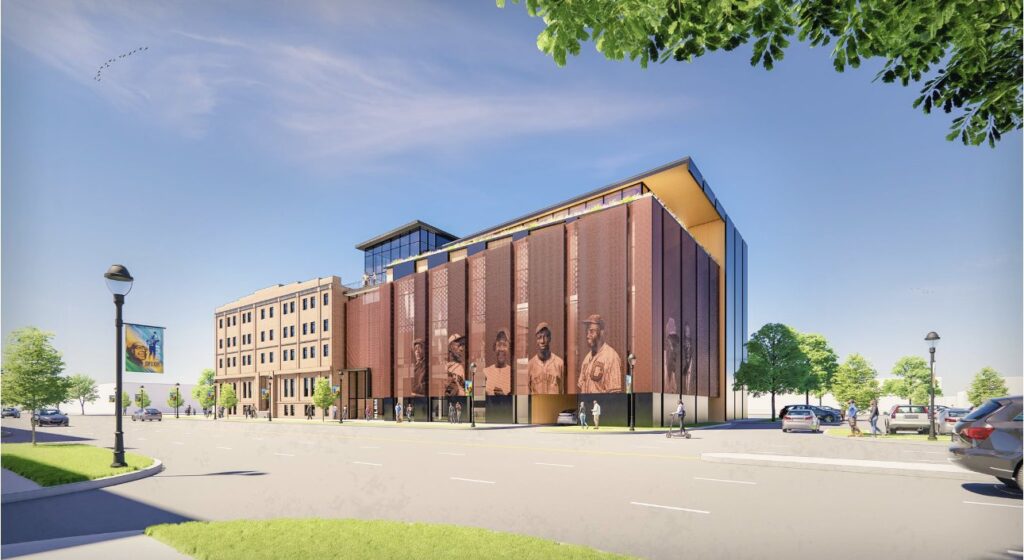
Despite the constant hardship, doubt, and racism, there have been many successes throughout Black baseball history. However, many were ire from just the thought of the Negro Leagues being equal to or better than the National or American leagues. This effect led to the creation of the first league for Black baseball athletes after WWI. Andrew “Rube” Foster, a former player and manager who owned the Chicago American Giants, set up a meeting with Midwestern team owners at Kansas City’s Paseo YMCA in 1920. They agreed to form a Negro National League, which would be a significant hit in the urban and rural communities throughout the US, Canada, and Latin America.
Prepare to receive insight from Bob Kendrick himself as he shares his journey into becoming president of the Negro Leagues Baseball Museum, along with his passion for the sport. Including his thoughts on the release of the Negro Leagues baseball statistics and what we can do to educate new generations on Black athlete history to the inclusivity and acknowledgment of sports today.
Share with us your journey to becoming the president of the Negro Leagues Baseball Museum.
My association with the Negro Leagues Baseball Museum (NLBM) began as a volunteer in 1993. At that time. I was a senior copywriter in the Kansas City Star’s promotions department. I drew the assignment to create a print campaign to promote the museum’s first-ever traveling exhibition, “Discover Greatness.” That exhibit is still touring the country 31 years later. Until I was tasked with developing the campaign, I had no idea that the NLBM existed. It was housed in a tiny one-room office at that time. The minute I stepped into that office, I walked into what would become my passion.
Now, my journey started long before in Crawfordville, GA, where I grew up watching my hero, Henry Aaron, play for the Atlanta Braves. But until that fledgling museum opened my eyes, I had no idea that his illustrious professional baseball career began in the Negro Leagues in 1952. I considered myself a baseball fan and quickly discovered this entire chapter of baseball and Americana that I knew little about. At that point, I wanted to learn as much as possible, and I didn’t want to keep it to myself. I wanted everyone else to experience the same awakening that had struck me.
It was in 1993 that I met the charismatic John “Buck” O’Neil, who was serving as volunteer chairman of the museum he founded. One of the first questions I posed was what motivated him to establish the NLBM, and he said simply, ‘so that we would be remembered.’ His answer was moving, but more than that, it made it clear that the museum’s mission is not just about baseball but about honoring those who overcame tremendous social adversity to play ball. Their passion for our national pastime would change the game and help change America, too.
Like most of those who met Buck, I wanted to be on his team and assist in his museum’s evolution in any way I could. I never dreamed that it would become a career and one of the most gratifying endeavors I could have ever been involved with. He became my mentor, confidante, and one of my very best friends.
I became the museum’s first Director of Marketing in 1998 and, in 2011, was named President. Mine is an improbable journey. To go from being a volunteer to leading one of the nation’s most important Civil Rights institutions. It is a tremendous honor to walk in Buck’s footsteps, help fulfill his mission to ensure that the unsung heroes of the Negro Leagues will never be forgotten, and utilize the life lessons of their story of triumph over adversity to inspire future generations. It has been a labor of love for me for the past 31 years, and I feel like my journey has just begun as we lay the foundation for building a new NLBM. There’s still a lot of work to be done.
Have you always been a fanatic of baseball? Where did this interest and passion come from? Did you use to play growing up or go pro?
I’ve been a baseball fan since I was a kid. My love of the game was passed down to me by my father and my five older brothers. I taught myself how to read a box score and couldn’t wait to sift through the pages of the sports section of the Atlanta Journal-Constitution every day to see if the Braves had won and how Mr. Aaron had fared.
My hometown of Crawfordville, GA, had about 500 people, so my high school was too small to field a baseball team. So my baseball playing was limited to the sandlots where every day on the playground I was Henry Aaron.
My fondest baseball memory was witnessing Mr. Aaron hit a home run of 715 to break Babe Ruth’s record. I was nearly 12 years old in 1974 when that historic feat happened. I vividly remember circling the bases in my parent’s living room as Mr. Aaron circled the bases in Atlanta’s Fulton County Stadium. The couch was first base; the TV was second base; the other couch was third base, and my mother’s recliner was home plate. In 1999, I took my childhood idol on a tour of the NLBM and shared my story with him.
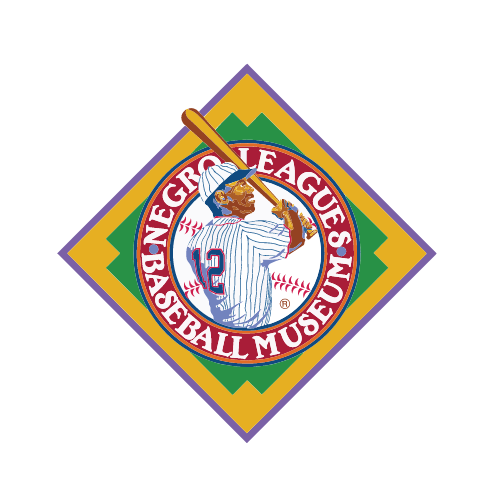
When Rob Manfred announced the Negro Leagues as an official major league statistic and all, what were some of your thoughts?
On December 16, 2020, Commissioner Rob Manfred made the historic announcement that Major League Baseball (MLB) would recognize the Negro Leagues as a major league and that the statistics of the Negro Leagues would be entered into MLB’s record books. I was deeply honored to serve on the committee the Commissioner assembled to oversee this history-making project. I tip my cap to an incredible team of historians and researchers who worked tirelessly to pull the data together. On May 29, 2024, the record books were rewritten. It was a watershed moment for Negro Leagues history, the surviving Negro League players and their families.
I take great pride in seeing the names of luminaries like Josh Gibson, Oscar Charleston, and Turkey Stearnes listed, with the likes of Babe Ruth, Ty Cobb, and Ted Williams providing historical acknowledgment of the amazing talent that called the Negro Leagues home.
The statistics, however, are a tiny part of a far more grandiose story. The next generation of baseball fans must understand that those names hadn’t always been included, not because they weren’t talented enough, but simply because of the color of their skin, which dictated that they play in a separate league. And while some have questioned the validity of the statistics, I wholeheartedly believe that the social circumstances that the players in the Negro Leagues had to endure make those statistics even more impressive.
I hope the newly inclusive statistics will serve as a bridge leading fans to a deeper understanding of the players behind those numbers and the league that fueled their dreams of playing the game. The Negro Leagues are a testament to the power of the human spirit to persevere and prevail. Sheer numbers can’t tell that awe-inspiring story but can become the gateway that opens up the minds and hearts of those who rose above adversity to play ball.
You mention in your opinion piece that you were concerned people weren’t aware or may have forgotten where it all started when Negro Leagues was an uphill battle of acknowledging Black and Hispanic athletes in baseball to segregated playing fields. What has the Negro Leagues Baseball Museum done to educate younger generations of athletes?
Since its humble inception in 1990, the NLBM has embraced the need to be a trusted business leader and ensure that the history it illuminates is accessible to everyone. That entails creating programs and partnerships that open the museum to thousands of students from underserved areas. The NLBM is an important cultural institution and a valued community resource that works diligently to enhance the quality of life for the communities it serves.
We have created countless opportunities for students, young athletes, and the community to engage with the museum. It includes offering teacher resources, including lesson plans, a Field Trip Guide, clips of oral histories from players, and more. We provide thought-provoking educational outreach programs focusing on literacy, creative writing, and art. Our Sports Career & Leadership Symposium was created to expose student-athletes to careers in sports off the playing field. Whether a young professional athlete or a student-athlete, our goal is to educate, enlighten and inspire.
But perhaps the biggest thing the NLBM has done to educate a younger generation is its work with Sony to include the Negro Leagues in the video game MLB The Show. The game-changing inclusion of the players and their stories in the video game has opened this history to millions of young people and young adults who have become enthralled with the Negro Leagues. The Negro Leagues debuted in the game in 2023 as part of a five-year partnership with Sony.
What can we do as a society within all sports communities to remember our sport’s history and to build more inclusive leagues?
The Negro Leagues are a tremendous example of why diversity, inclusion, and equity are so important. When Jackie Robinson, selected from the Kansas City Monarchs, broke the color barrier in Major League Baseball, it opened the door for players of color to take the field, and the game instantly improved. The NLBM is motivated to use history to spark inclusive athletic interest and play a role in opening administrative and front offices for women and minorities.
Sport is where people from varied backgrounds, races, faiths, and beliefs can come together to achieve a common goal. History and education are at the core of inclusiveness. If we do not understand our shared history, the good and the bad, we are bound to repeat it and cannot continue to grow together. Our greater society needs diverse voices to ensure we capture the whole story.
Besides capturing history, we must cherish the stories we have now and pass them down to future generations. At its essence, storytelling is about capturing the present and celebrating the past. Within sports, we can share some of the greatest stories ever told– stories about perseverance, otherworldly talent, and unlikely triumphs. By amplifying these stories, leagues and fans alike can open a door for people from all walks of life to engage in the NLBM’s work.
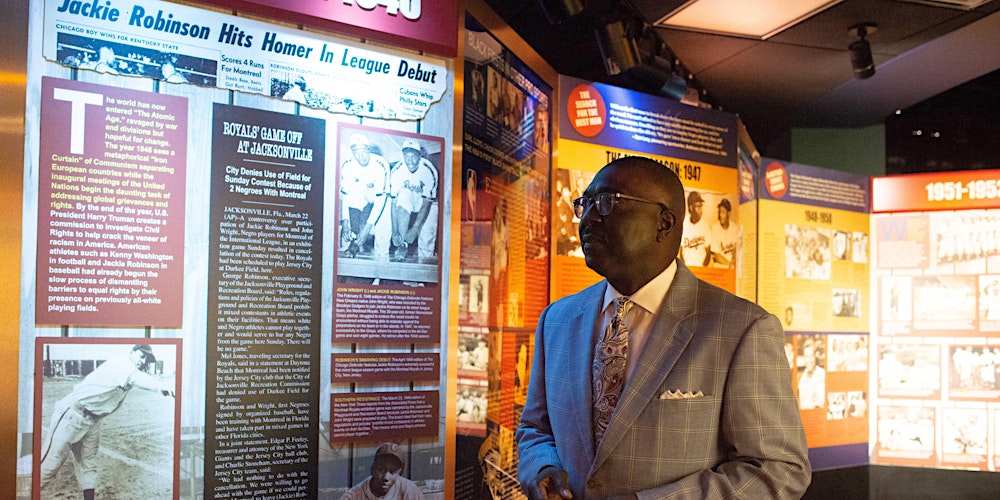
The results from this change showed drastically; for example, the American Giants game of 1921 had 200,000 spectators. Next, the East-West All-Star Game, the most incredible sporting event in American Sports history in 1933, had 50,000 spectators. Finally, the Negro Leagues had 3 million fans in 1942. It doesn’t just stop there. According to the record books, the Negro Leagues and Black all-star teams won a majority of the games against other major leagues. There may have been harsh commentary from those who disliked the Negro Leagues.
However, major baseball stars have given them acknowledgment and respect for their skills and sportsmanship. For example, Joe DiMaggio said, “the best I ever faced, and the fastest” after batting against Leroy “Satchel” Paige. Another comment came from Josh Gibson, who unfortunately passed away too soon as his baseball career had just started. He commented, “Everything I could do, Josh Could do better.” Roy Campanella, a Hall of Fame Catcher who earned 3 MVP awards in the National League, made this comment League. Despite these groundbreaking games and acknowledgments, the Negro Leagues were disregarded.
It was then that 1947 would be considered the civil rights movement of sorts when Jackie Robinson went from playing in the Negro League with Kansas City Monarchs to the Brooklyn Dodgers. Fast forward to the recent Rickwood Field game was MiLB on June 18, 2024, which was won by the Montgomery Biscuits against the Birmingham Barons 6 to 5, and MLB on June 20th 202,4 where the Louis Cardinals beat the San Francisco Giants 6 to 5.
Kendrick’s goal is for the next generation of baseball fans, no matter who they are, what they look like, walks of life, etc, to view all the inclusive records and want to know more about players such as Gibson, Walter “Buck” Leonard, Norman Thomas “Turkey” Stearnes what they have endured and faced with injustice by preserving and prevailing through it all. To learn more about the Negro Leagues, visit https://www.nlbm.com/ or follow Bob Kendrick on LinkedIn for further details.
Related Articles: The 5th Annual Sports Power Brunch Celebrates the Most Powerful Women in Sports, Fox Sports and Fanatics Collectibles Launch MLB at Rickwood Field Promotional Tour at Negro Leagues Baseball Museum

